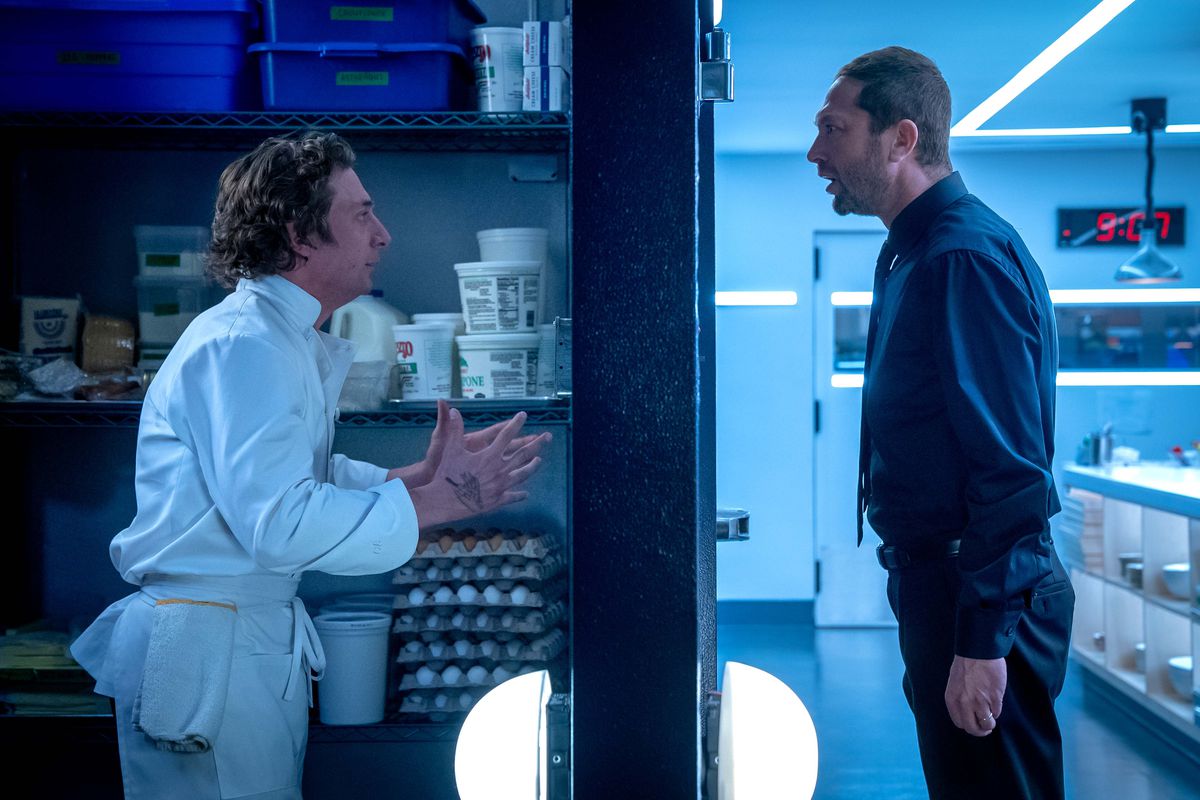In the vast landscape of television storytelling, few shows have managed to encapsulate the raw energy and rhythm of life like “Bear.” This culinary drama, set in the bustling world of a professional kitchen, uses movement not just as a backdrop for its narrative but as a crucial storytelling device. Today, let’s explore how “Bear” transforms the orchestrated chaos of a kitchen into a dance that tells stories more eloquently than words ever could.
The Dance of the Kitchen
At first glance, a professional kitchen is chaos incarnate: the clanging of pots, the sharp commands, the swift movements. But “Bear” invites us to look closer, to see the rhythm in the madness. Here, every movement is a choreographed step in a larger dance. The way a chef chops vegetables, the graceful arc of a pan being flipped, the precise, almost balletic, way ingredients are added to a dish – all these movements are part of the show’s narrative language.
Storytelling Through Action
“Bear” excels in storytelling through action. Dialogue is often sparse in the hectic kitchen environment, leaving the physical actions of the characters to speak volumes. A hurried slice, a frustrated toss of a towel, a careful plating of a dish – these actions reveal character intentions, emotions, and relationships more effectively than dialogue. The show proves that sometimes, the most potent communication is non-verbal, expressed through the body rather than the voice.
The Rhythm of Emotions
The series uses the pace and intensity of kitchen movements to mirror the emotional states of its characters. A frenzied rush of prepping for a busy night reflects not just the physical demand but also the mental pressure the characters are under. Conversely, the slow, methodical stirring of a sauce can mirror a character’s contemplative or somber mood. This mirroring of emotional states through the rhythm of movement is a subtle yet powerful tool in the show’s narrative arsenal.
Spatial Storytelling
In “Bear,” the kitchen is more than a setting; it’s a character in its own right. The spatial dynamics of the kitchen – the tight corridors, the hot stoves, the cramped prep stations – all play a role in shaping the narrative. The way characters navigate this space, how they interact within these confines, tells us about the power dynamics, personal relationships, and internal struggles at play.
The Choreography of Conflict
Conflict in “Bear” often plays out through physical action. A disagreement between chefs doesn’t necessarily lead to a shouting match; it might be expressed through the aggressive chopping of vegetables or the slamming of oven doors. These physical expressions of conflict add a layer of realism to the show, demonstrating how, in high-pressure environments like kitchens, emotions often manifest physically rather than verbally.
Conclusion: The Poetry of Motion
In conclusion, “Bear” demonstrates the poetry of motion in storytelling. The show’s kitchen is a stage where the drama of life is played out in the language of movement. This approach to storytelling is not just innovative; it’s deeply human. It reminds us that our most primal form of expression often comes not from our words but from our actions and movements.
In a medium often dominated by dialogue and visual effects, “Bear” returns to something more fundamental: the story told through the human body in motion. It’s a reminder of the power of physical storytelling, of the stories we tell when we move, cook, and live – a dance of life, captured beautifully in the confines of a kitchen.


